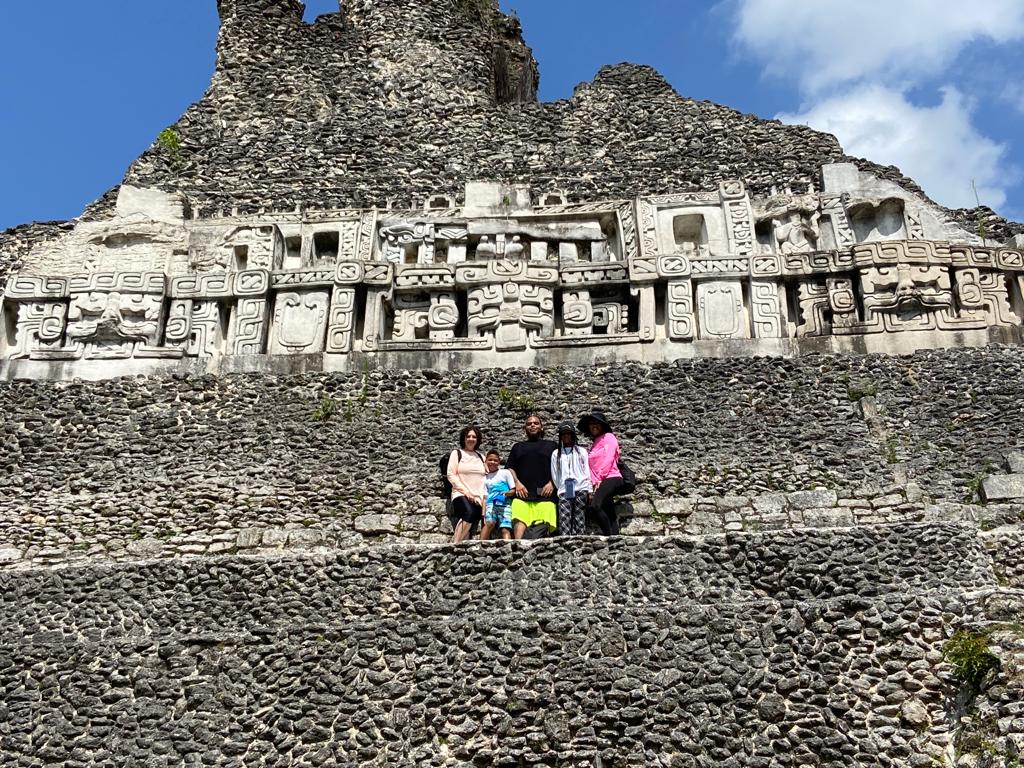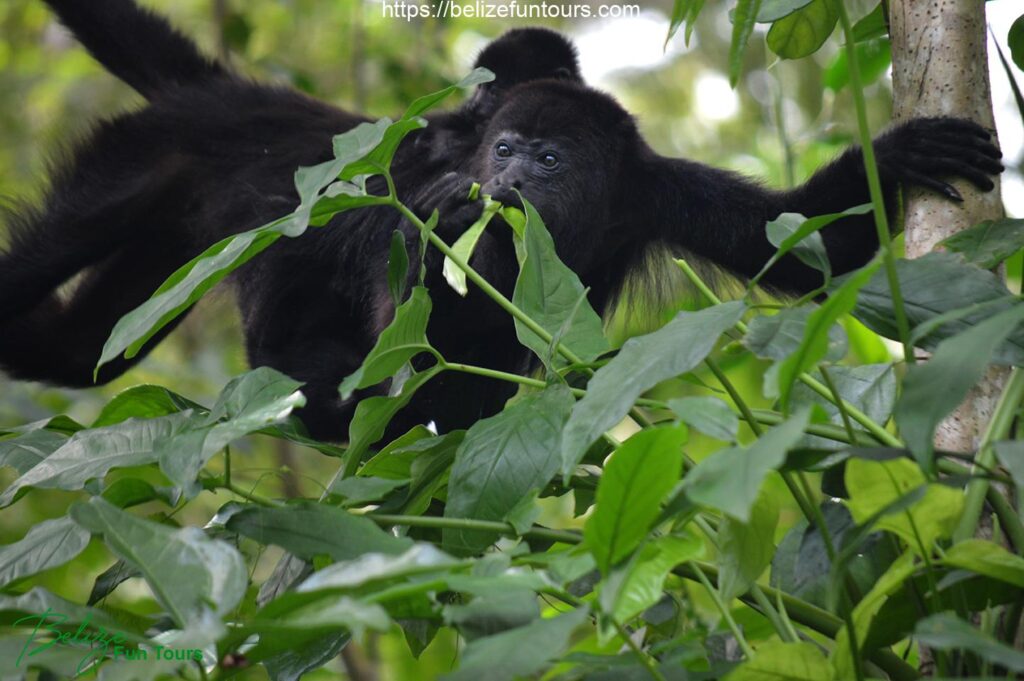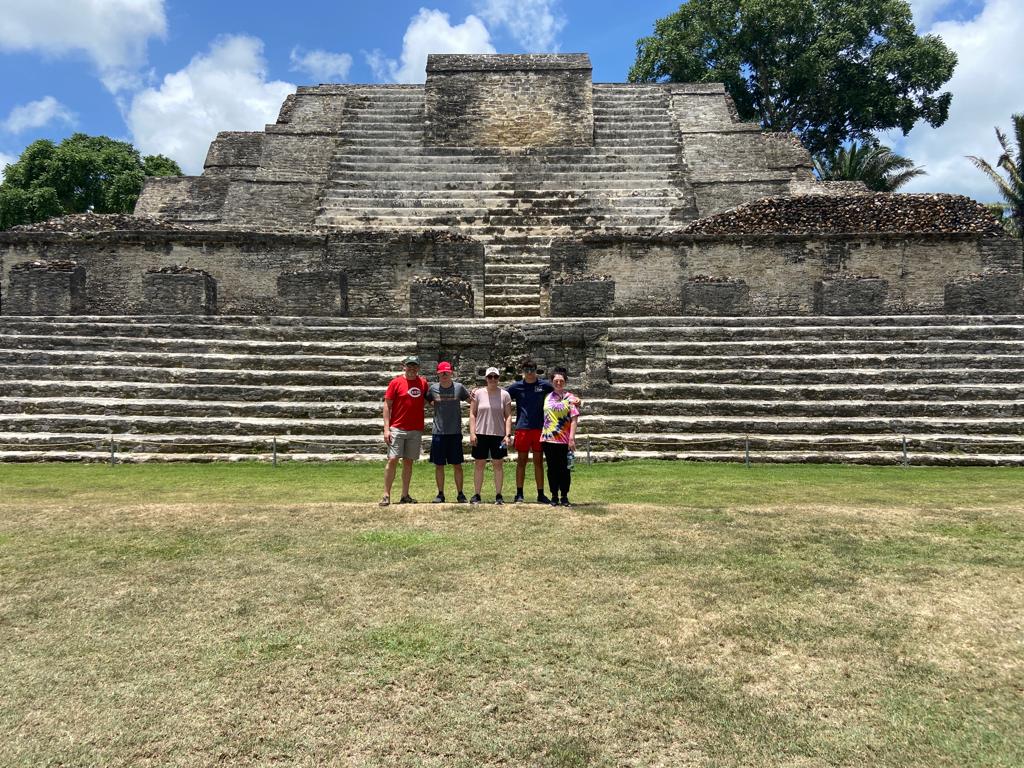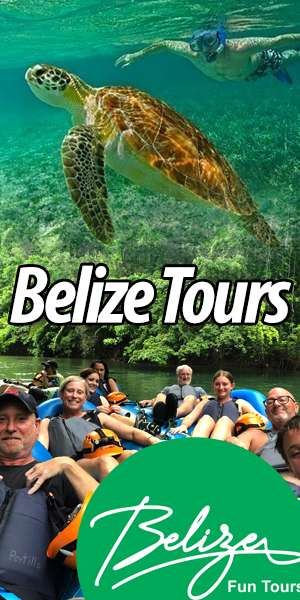- Home
- Places
- Activities/Tours
- Foodies
- Hotels/Resorts
- Protected Areas
- Home
- Places
- Activities/Tours
- Foodies
- Hotels/Resorts
- Protected Areas
- Important Info
Now Reading: Belize Protected Areas: A Comprehensive Guide
1-
01
Belize Protected Areas: A Comprehensive Guide
- Home
- Belize Protected Areas
- Belize Protected Areas: A Comprehensive Guide
Belize Protected Areas: A Comprehensive Guide
BelizeineBelize Protected Areas8 months ago521 Views
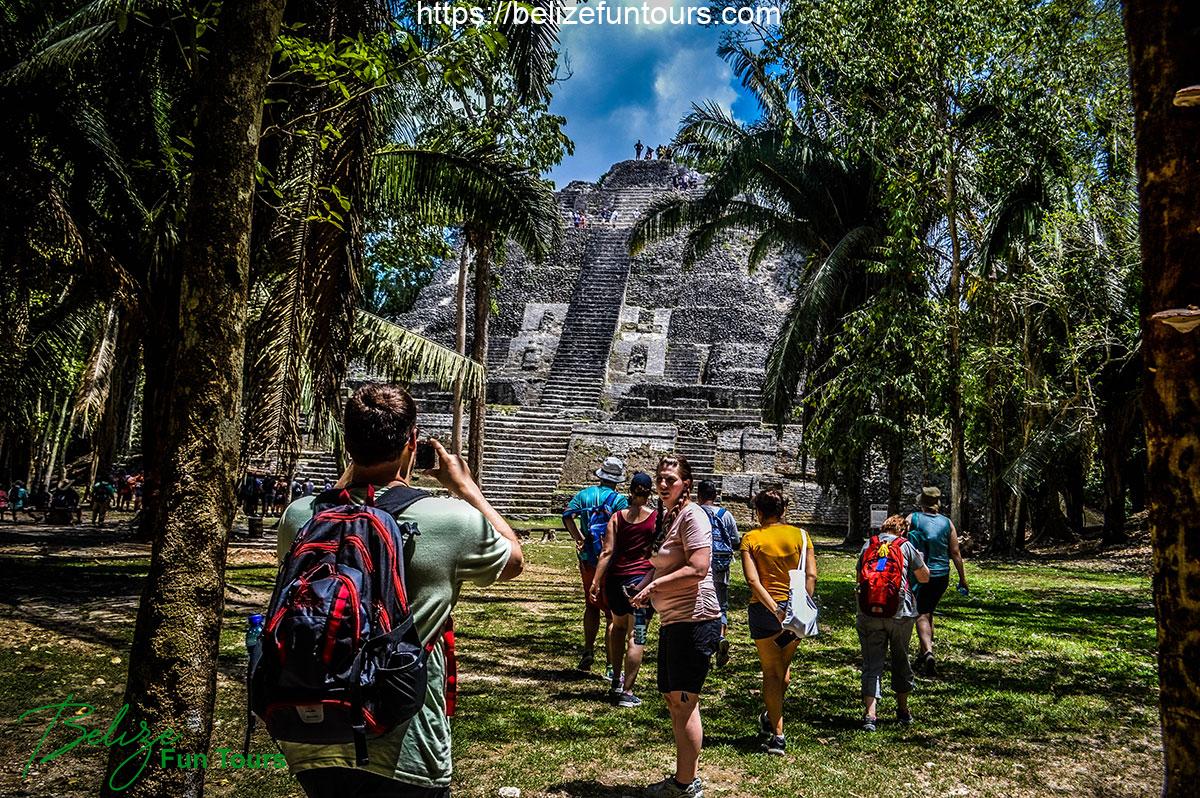
Table of Contents
ToggleBelize Protected Areas: A Comprehensive Guide
Belize boasts remarkable biodiversity stemming from its unique geography and commitment to conservation. A significant portion of Belize is under protection encompassing a wide array of ecosystems, flora and fauna. These protected areas are categorized into various types each with specific management objectives and regulations. This article explores the diverse protected areas of Belize highlighting their importance and providing examples of each category.
Belize Archaeological Reserves
Archaeological Reserves in Belize safeguard the country’s rich Mayan heritage. These reserves protect ancient cities, ceremonial centers, and other archaeological sites, providing valuable insights into the Mayan civilization that once thrived in the region. Preservation efforts focus on maintaining the structural integrity of the ruins, conducting archaeological research, and educating the public about Mayan history and culture.
Caracol Archaeological Reserve
Caracol, meaning “snail” in Spanish, was one of the largest and most important Maya cities in ancient Belize. At its peak, it covered approximately 75 square miles and housed an estimated population of over 100,000 people. Caracol contains a vast network of temples, palaces, residential areas, and causeways. The most impressive structure is the Caana (“sky-place”), one of the tallest buildings in Belize, standing at 140 feet high. Caracol also features an extensive agricultural system with terraces and reservoirs that supported its large population. Hieroglyphic inscriptions found at Caracol have provided valuable insights into the city’s history, political alliances, and warfare.
Xunantunich Archaeological Reserve
Meaning “Stone Woman” in Maya, Xunantunich was a major ceremonial center during the Classic period. The site is situated on a limestone ridge overlooking the Mopan River, offering panoramic views of the surrounding landscape. The most prominent structure at Xunantunich is El Castillo, a towering pyramid rising 130 feet above the plaza. El Castillo is adorned with intricate stucco friezes depicting Mayan rulers, deities, and cosmological beliefs. Excavations at Xunantunich have revealed a wealth of artifacts, including pottery, jade ornaments, and obsidian tools, providing valuable information about Mayan life and culture.
Lamanai Archaeological Reserve
Occupied for over three millennia, from 1500 BC to AD 1675, Lamanai (“submerged crocodile” in Maya) showcases a unique blend of Mayan and colonial history. The site is accessible by boat along the New River, adding to its allure. Lamanai features several well-preserved temples, including the High Temple, the Jaguar Temple, and the Mask Temple, adorned with impressive stucco masks. The Spanish built a church, adding a colonial dimension to the site. The site’s long occupation has provided archaeologists with a unique opportunity to study the evolution of Mayan civilization over centuries.
Belize Bird Sanctuaries
Given its diverse ecosystems, Belize is a haven for birdwatchers, with hundreds of avian species found within its borders. Bird Sanctuaries are established to protect critical bird habitats, including nesting sites, feeding grounds, and migratory routes. These sanctuaries provide safe havens for resident and migratory birds, contributing to the conservation of avian biodiversity.
Crooked Tree Wildlife Sanctuary
Located on the border of the Belize and Orange Walk District, about 30 miles (48 km) from Belize City, Crooked Tree Wildlife Sanctuary is managed by the Belize Audobon Society and is a recognized Important Birding Area. It spans over 16,400 acres (66 square kilometers) of lagoons, forests, pine savanna, and wetlands. The sanctuary is home to hundreds of local and migratory bird species. The most famous resident is the Jabiru stork, with more of these storks residing here than anywhere else on the planet. They come to the sanctuary in November to build nests in the pine savanna. In addition to birds, the sanctuary is home to animals including the endangered Hicatee turtle, the rare Yellow-headed parrot, crocodiles, giant iguanas, and black howler monkeys. Boat tours are available to see the wetland wildlife. Crooked Tree Village was founded in 1750 and sits on an island surrounded by the Wildlife Sanctuary. The current population is estimated at 806. It is accessed by a causeway that links to the Northern Highway. The sanctuary is open to the public 365 days a year from 8:00 AM to 4:30 PM. Entrance to the sanctuary is BZD $8 for non-nationals and BZD 2.50 for locals.
Cockscomb Basin Wildlife Sanctuary
Cockscomb Basin Wildlife Sanctuary: Cockscomb Basin Wildlife Sanctuary, located in the Stann Creek District of Belize, is a pioneering conservation area renowned for being the world’s first jaguar preserve. Established as a forest reserve in 1984 and designated as a jaguar sanctuary in 1986, it spans approximately 128,000 acres (51,800 hectares) of lush tropical rainforest nestled in the eastern slopes of the Maya Mountains. The sanctuary is named after a distinctive ridge resembling a rooster’s comb, which is visible from the Caribbean Sea.
History and Conservation Efforts
The sanctuary’s establishment was largely influenced by the research of American zoologist Dr. Alan Rabinowitz, who conducted a nationwide study on jaguars. His findings highlighted the area as a crucial biological corridor for jaguar populations in Central America. In response to his research, hunting was banned in 1986, and subsequent expansions of the sanctuary occurred in 1990 and 1995 to enhance habitat protection. Today, Cockscomb Basin, along with the neighboring Bladen Nature Reserve, provides a combined area of over 250,000 acres for jaguars and other wildlife to roam freely.
Flora and Fauna
Cockscomb Basin is home to an impressive array of biodiversity. The sanctuary supports various ecosystems, including tropical rainforests, rivers, and wetlands. It boasts over 300 species of birds, making it a prime destination for birdwatchers.
Notable avian residents include:
- Scarlet Macaws
- Toucans
- Parrots
- Hawks
In addition to birds, Cockscomb is inhabited by numerous mammals such as:
- Jaguars (the sanctuary is famous for its jaguar population)
- Bairdʼs Tapirs
- Ocelots
- Howler Monkeys
- White-tailed Deer
The diverse plant life includes towering mahogany and cedar trees, along with a variety of orchids and bromeliads that thrive in the humid environment.Trails and Water Features
Cockscomb Basin Wildlife Sanctuary features approximately 12 miles (19 km) of well-marked trails that cater to hikers of varying skill levels. Some popular trails include:
- Tiger Fern Trail: A scenic route leading through dense forest.
- Victoria Peak Trail: A challenging hike that rewards adventurers with breathtaking views from Belize’s second-highest peak.
- River Path Trail: This trail follows the course of the river and offers opportunities for wildlife sightings.
The sanctuary also contains several waterfalls and parts of the Monkey River, providing visitors with opportunities for swimming and tubing.
Belize Forest Reserves
Forest Reserves are designated to protect Belize’s valuable forest resources, including timber, watersheds, and biodiversity. These reserves are managed to ensure sustainable timber harvesting, protect water quality, and conserve wildlife habitats. Forest Reserves play a crucial role in maintaining ecological balance and supporting local communities that depend on forest resources.
Mountain Pine Ridge Forest Reserve
Characterized by its unique pine forests, rivers, and cave systems, the Mountain Pine Ridge Forest Reserve offers a refreshing contrast to Belize’s tropical rainforests. The reserve is home to diverse wildlife, including tapirs, jaguars, ocelots, and Morelet’s crocodiles. The orange-breasted falcon, a rare and endangered raptor, is a notable resident of Mountain Pine Ridge. Popular attractions within the reserve include the Rio Frio Cave, the Rio On Pools, and the Thousand Foot Falls, the highest waterfall in Central America.
Chiquibul Forest Reserve
As the largest protected area in Belize, the Chiquibul Forest Reserve encompasses vast tracts of tropical rainforest, supporting a wide array of plant and animal species. The reserve is home to several Mayan archaeological sites, including the ancient city of Caracol. The Chiquibul River, which flows through the reserve, is the longest river in Belize, providing water and sustenance to countless species. The scarlet macaw, the keel-billed toucan, and the jaguar are among the most iconic species found in the Chiquibul Forest Reserve.
Columbia River Forest Reserve
The Columbia River Forest Reserve protects a critical watershed that supplies water to surrounding communities, ensuring their access to clean and reliable water sources. The reserve’s dense forests provide habitat for various species, including howler monkeys, peccaries, and numerous bird species. The scarlet macaw and the keel-billed toucan are among the most colorful and charismatic bird species found in the Columbia River Forest Reserve. The reserve is also home to several species of orchids, bromeliads, and other epiphytes, adding to its botanical diversity.
Belize Marine Reserves
Belize’s extensive coastline and barrier reef system are home to a wealth of marine biodiversity. Marine Reserves are established to protect coral reefs, seagrass beds, mangroves, and other critical marine habitats. These reserves are managed to conserve marine biodiversity, promote sustainable fisheries, and support tourism and recreation.
Hol Chan Marine Reserve
Hol Chan, meaning “little channel” in Maya, is a cut in the Belize Barrier Reef, creating a unique habitat for diverse marine life. The reserve is home to colorful corals, sea turtles, nurse sharks, stingrays, and various fish species. Snorkeling and diving are popular activities in the reserve, allowing visitors to observe marine life up close. The reserve is divided into different zones, including a coral reef zone, a seagrass bed zone, and a mangrove zone, each with its unique characteristics and inhabitants.
Glover’s Reef Marine Reserve
As one of the largest atolls in the Caribbean, Glover’s Reef boasts a diverse array of marine ecosystems, including coral reefs, seagrass beds, and mangrove forests. The atoll is home to numerous fish species, sea turtles, dolphins, and whale sharks. The Wildlife Conservation Society has established a research station on Glover’s Reef, conducting long-term monitoring of the atoll’s ecosystems and biodiversity.
Bacalar Chico National Park and Marine Reserve
Located on the northern tip of Ambergris Caye, Bacalar Chico protects a unique blend of terrestrial and marine ecosystems. The reserve features Mayan archaeological sites, mangrove forests, seagrass beds, and coral reefs, providing habitat for diverse wildlife. The park is home to the endangered West Indian manatee, as well as various species of sea turtles, dolphins, and birds. Snorkeling, diving, and kayaking are popular activities in the reserve, allowing visitors to explore its diverse ecosystems.
Belize Natural Monuments
Natural Monuments are designated to protect unique natural features, such as caves, waterfalls, and geological formations. These monuments are managed to conserve their natural beauty, scientific value, and recreational opportunities. Natural Monuments often hold cultural or historical significance, adding to their importance.
Blue Hole National Park
Not to be confused with the Great Blue Hole, this park features a collapsed karst sinkhole filled with turquoise water, surrounded by lush rainforest. The Blue Hole is a popular destination for swimming, hiking, and birdwatching. The park also features several caves, including St. Herman’s Cave, which contains Mayan artifacts and stunning geological formations.
Actun Tunichil Muknal (ATM) Cave
ATM Cave is renowned for its stunning geological formations and Mayan artifacts, providing a unique glimpse into Mayan history and culture. Visitors can explore the cave’s chambers, which contain skeletal remains, pottery, and other artifacts left behind by the ancient Maya. The cave is also home to diverse cave fauna, including bats, spiders, and cavefish. Access to ATM Cave is restricted to guided tours to protect its fragile environment and archaeological treasures.
Half Moon Caye Natural Monument
Half Moon Caye is a nesting site for the red-footed booby, a seabird with distinctive red feet. The monument also protects a pristine coral reef, providing habitat for diverse marine life. The caye is surrounded by crystal-clear waters, making it a popular destination for snorkeling and diving. The Belize Audubon Society manages the Half Moon Caye Natural Monument, conducting research and conservation activities to protect its unique ecosystems.
Belize Nature Reserves
Nature Reserves are established to protect biodiversity and ecological integrity. These reserves are managed to minimize human impact and allow natural processes to occur. Nature Reserves often serve as research sites, providing opportunities to study ecosystems and monitor environmental change.
Rio Bravo Conservation and Management Area
The Rio Bravo Conservation and Management Area protects a vast expanse of tropical forest, supporting diverse wildlife populations, including jaguars, tapirs, scarlet macaws and howler monkeys. The Programme for Belize manages the reserve, conducting research, conservation, and community development activities. The reserve is home to several Mayan archaeological sites, including La Milpa, one of the largest Mayan cities in Belize.
Shipstern Nature Reserve
Shipstern Nature Reserve protects a variety of habitats, including mangrove forests, lagoons, and tropical forests. The reserve is home to diverse birdlife, as well as mammals, reptiles, and insects. The Shipstern Butterfly Breeding Center raises and releases native butterfly species, contributing to the conservation of butterfly populations.
Community Baboon Sanctuary
The Community Baboon Sanctuary protects black howler monkeys, one of the largest primates in Central America5. The sanctuary is managed by local communities, who are committed to protecting the monkeys and their habitat. Visitors can observe howler monkeys in their natural habitat, learning about their behavior, ecology, and conservation.
Belize Private Reserves
Private Reserves are owned and managed by individuals, families, or organizations committed to conservation. These reserves contribute significantly to Belize’s protected areas network, protecting biodiversity and providing ecosystem services. Private Reserves often offer ecotourism opportunities, generating revenue for conservation efforts.
Programme for Belize (PfB)
PfB manages a large tract of land adjacent to the Rio Bravo Conservation and Management Area, protecting tropical forests and supporting community development initiatives. PfB conducts research on biodiversity, sustainable forestry, and climate change, contributing to the scientific understanding of Belize’s ecosystems.
Chan Chich Lodge
Chan Chich Lodge is located within a private reserve, offering guests the opportunity to explore pristine rainforest and observe wildlife5. The lodge supports conservation research and community education programs, contributing to the sustainable management of Belize’s natural resources.
The Lodge at Chaa Creek
The Lodge at Chaa Creek is situated within a private nature reserve, offering a range of activities, including hiking, birdwatching, and canoeing. The lodge is committed to sustainable tourism practices and supports local conservation efforts. Chaa Creek operates a natural history center, showcasing Belize’s biodiversity and cultural heritage.
Belize Wildlife Sanctuaries
Wildlife Sanctuaries are established to protect specific species or groups of species, as well as their habitats. These sanctuaries are managed to minimize disturbance to wildlife, control hunting and poaching, and promote habitat restoration. Wildlife Sanctuaries play a crucial role in conserving threatened and endangered species.
Cockscomb Basin Wildlife Sanctuary
As mentioned earlier, this sanctuary is renowned as the world’s first jaguar preserve, protecting a significant population of these elusive cats. The sanctuary also provides habitat for other wildlife, including tapirs, peccaries, and numerous bird species.
Guanacaste National Park
Guanacaste National Park protects a remnant of broadleaf forest, providing habitat for diverse wildlife, including howler monkeys, iguanas, and numerous bird species. The park is located at the confluence of the Belize and Mopan Rivers, making it an important area for biodiversity conservation.
Swasey Bladen Forest Reserve
Swasey Bladen Forest Reserve is a significant protected area located in the Toledo District of Belize, nestled within the Maya Mountain Corridor. Established to conserve the rich biodiversity and unique ecosystems of the region, this forest reserve spans approximately 30,000 acres (12,140 hectares) and is known for its lush landscapes and diverse wildlife.
Swasey Bladen Forest Reserve is characterized by its varied ecosystems, which include tropical rainforests, wetlands, and river systems. The reserve serves as a vital habitat for hundreds of species of flora and fauna, contributing to Belize’s overall biodiversity. It is home to a wide array of wildlife.
Belize National Parks
National Parks are areas of natural beauty and ecological significance protected by the government for conservation and public enjoyment. These parks are managed to conserve biodiversity, protect natural and cultural resources, and provide opportunities for recreation and education.
Chiquibul National Park
is Belize’s largest national park, covering an area of approximately 1,073 square kilometers (414 square miles) in the Cayo District. Established in 1995, it is a vital conservation area that protects a rich array of biodiversity and significant geological features. The park surrounds the ancient Mayan city of Caracol, which is designated as an archaeological reserve and is not included in the park’s total area.
Chiquibul National Park is situated along the border with Guatemala and is characterized by its rugged terrain, which includes parts of the Maya Mountains. The park features diverse landscapes, such as the south Vaca Plateau and the eastern slopes of the Maya Mountains. Doyle’s Delight, the highest peak in Belize at 1,124 meters (3,688 feet), is located within the park.
The park lies atop limestone strata, making it home to the largest area of protected karst topography in Belize. It incorporates portions of the Chiquibul Cave System, which is recognized as the longest known cave system in Central America. This extensive cave system consists of interconnected passages carved by water flows from the Chiquibul River, which flows through Belize, goes underground into the cave system, and resurfaces in Guatemala. The caves contain some of the largest underground chambers discovered in the Western Hemisphere.
Despite its protected status, Chiquibul National Park faces several conservation challenges. One significant issue is illegal logging and land encroachment from Guatemala. These activities have led to deforestation and habitat degradation within the park’s boundaries. Conservationists are actively working to monitor these threats and implement strategies to mitigate their impact.
Additionally, ongoing research efforts aim to map previously unexplored areas of the park to better understand its biodiversity and ecological dynamics. This research is crucial for informing conservation strategies and ensuring sustainable management practices.
Bladen Nature Reserve
Bladen Nature Reserve is considered the “crown jewel” of Belize’s protected areas. It covers approximately 100,000 acres (40,386 hectares) in the Toledo District of southern Belize. The reserve, established in 1990, has the most restrictive category possible under the National Parks System Act, allowing only education and research activities.
Bladen Nature Reserve is one of the most biodiversity-rich areas within the Mesoamerican Biological Corridor. The reserve encompasses over 20 ecosystem types, from uplands to valleys, and protects species diversity across a great range of elevations. It is home to a great deal of rare and endemic species. There are at least 250 species of birds, and possibly over 300, along with 93 mammal species and 92 reptile and amphibian species recorded to date.
Bladen Nature Reserve is one of the most biodiversity-rich areas within the Mesoamerican Biological Corridor. The reserve encompasses over 20 ecosystem types, from uplands to valleys, and protects species diversity across a great range of elevations. It is home to a great deal of rare and endemic species. There are at least 250 species of birds, and possibly over 300, along with 93 mammal species and 92 reptile and amphibian species recorded to date.
Sarstoon Temash National Park
Sarstoon-Temash National Park is the southernmost national park in Belize, covering an area of approximately 165.92 square kilometers (64 square miles). Designated in 1994, the park is located between the Sarstoon River to the south and the Temash River, with its eastern boundary along the Caribbean Sea. It is notable for its diverse ecosystems, which include tropical rainforests, wetlands, estuaries, and mangrove swamps.
The park features a variety of habitat types, including seasonally and permanently flooded tropical forests, which are part of the Petén–Veracruz moist forests ecoregion. Among its unique ecological features is a significant area of freshwater sphagnum moss bogs and the only known stands of comfra palm (Manicaria saccifera) in Belize. Additionally, the park contains brackish-to-saline lagoons that transition between freshwater wetlands and extensive saline mangrove swamps, which represent some of the largest and least-disturbed stands of red mangrove (Rhizophora mangle) in the country.
The Sarstoon-Temash National Park is located near indigenous communities, including the Kekchi Maya and Garifuna people. These communities have cultural ties to the land and utilize traditional knowledge for sustainable resource management. The park serves as a vital area for their cultural practices and livelihoods.
The Sarstoon Temash Institute for Indigenous Management (SATIIM) manages the park in collaboration with Belize’s Forest Department. SATIIM focuses on preserving the ecological integrity of the region while promoting sustainable use of natural resources by local communities. The park was designated a Wetland of International Importance under the Ramsar Convention in 2005 due to its critical habitats and biodiversity.
Despite these conservation efforts, Sarstoon-Temash National Park faces several challenges. Illegal logging of valuable timber species such as mahogany, cedar, and rosewood poses a significant threat to its ecosystems. Additionally, agricultural encroachment from nearby communities has led to habitat degradation.
Belize Spawning Aggregation Reserves
Spawning Aggregation Reserves are critical for the reproduction and sustainability of many marine species. These reserves protect specific areas where fish and other marine animals gather to spawn, ensuring the continuation of their populations.
Glovers Reef Marine Reserve
Glover’s Reef Marine Reserve is a stunning marine protected area located approximately 27 miles (45 km) off the southern coast of Belize. It is recognized as the southernmost coral atoll in the country and is part of the Belize Barrier Reef Reserve System, a UNESCO World Heritage Site. Established in 1993, Glover’s Reef encompasses around 86,653 acres (35,000 hectares) and features a variety of marine ecosystems, including coral reefs, seagrass beds, and mangrove forests.
Glover’s Reef is oval-shaped and consists of five main cayes: Northeast Caye, Long Caye, Middle Caye, and Southwest Caye. These islands surround a shallow lagoon that supports an incredibly diverse marine ecosystem. The atoll contains more than 800 patch reefs, which serve as critical nursery and feeding grounds for various marine species. The lagoon is characterized by clear waters and vibrant coral formations, making it an ideal destination for snorkeling and diving.
Port Honduras Marine Reserve
Port Honduras Marine Reserve is a significant marine protected area located in southern Belize, near Punta Gorda. Established to conserve its unique marine ecosystems, the reserve covers approximately 164 square kilometers (about 63 square miles) and includes a diverse range of habitats such as coral reefs, seagrass beds, mangrove forests, and coastal wetlands.
The Port Honduras Marine Reserve encompasses a series of coastal lagoons and islands, including the Snake Cayes, which are known for their rich biodiversity. The reserve’s boundaries extend from the Rio Grande in the south to Monkey River in the north, creating a vital ecological corridor along the coastline. The area is characterized by its shallow waters, which provide essential habitats for various marine species.
Sapodilla Cayes Marine Reserve
Sapodilla Cayes Marine Reserve is a vital marine protected area located at the southernmost tip of the Belize Barrier Reef, approximately 46 miles (75 kilometers) east of Punta Gorda. Established to protect its unique marine ecosystems, the reserve covers an area of about 38,594 acres (15,619 hectares) and includes a series of picturesque islands and coral reefs.
The Sapodilla Cayes Marine Reserve consists of several small islands, including Hunting Caye, which are surrounded by shallow waters that teem with marine life. The reserve features a diverse range of habitats, including coral reefs, seagrass beds, and mangrove forests. The unique hook-shaped reef structure at the reserve’s edge creates ideal conditions for various marine species and serves as a crucial spawning ground.
Belize’s commitment to conservation is evident in its extensive network of protected areas. These areas safeguard the country’s rich biodiversity, protect natural and cultural resources, and provide opportunities for recreation and education. By understanding the different types of protected areas and their management objectives, we can better appreciate the importance of conservation efforts in Belize and support the sustainable management of its natural heritage.
Related Posts
Stay Informed With the Latest & Most Important News
Previous Post
Next Post
Previous Post
Belize Archaeological Reserves8 months ago
Xunantunich
Next Post
Belize1 month ago
Lamanai Belize
DonationsBelize1 month ago
Lamanai Belize
Belize Archaeological Reserves8 months ago
Xunantunich
Deal Of The MonthCategoriesLoading Next Post...Scroll to TopPopular Now-
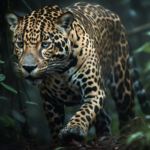 01Discover Belize’s Hidden Gem – Cockscomb Basin Wildlife Sanctuary
01Discover Belize’s Hidden Gem – Cockscomb Basin Wildlife Sanctuary -
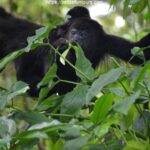 02The Community Baboon Sanctuary: Unmasking the Primate Haven
02The Community Baboon Sanctuary: Unmasking the Primate Haven -
 03Belize All-Inclusive Resorts: Your Ultimate Guide to Paradise
03Belize All-Inclusive Resorts: Your Ultimate Guide to Paradise -
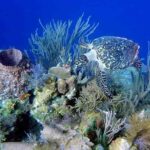 04The Belize Barrier Reef: A UNESCO World Heritage Site
04The Belize Barrier Reef: A UNESCO World Heritage Site -
 05Xunantunich
05Xunantunich -
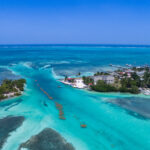 06The Best Time to Visit Belize: A Comprehensive Guide
06The Best Time to Visit Belize: A Comprehensive Guide -
 07Caracol Belize
07Caracol Belize
- Activities/Tours
- Activities/Tours













